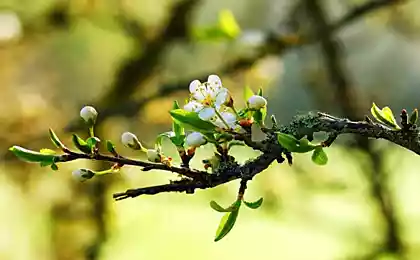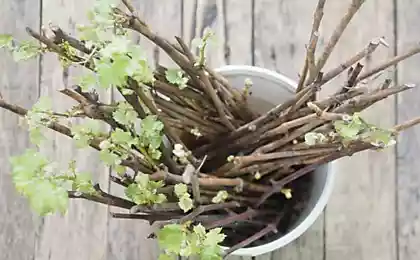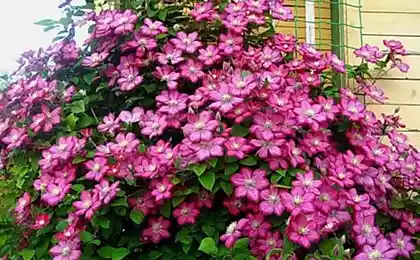195
Why Flowers Are Cheap In The U.S. And We Have A Profitable Business
Busty pionoid roses of the variety "Julietta" - a unique variety of roses, which was bred by the English breeder David Austin. It took David 15 years to create a new kind of rose. In total, David Austin spent nearly $16 million on his invention.
The breeder first introduced the Juliet rose variety in 2006 at the Chelsea Flower Show, where the plant received the highest award. The flower is grown in the UK, USA, Japan. Juliette is considered one of the most expensive flowers in the world. One rose in the US costs $ 25, and for a small bouquet florists ask from $ 150. However, buyers are always there.
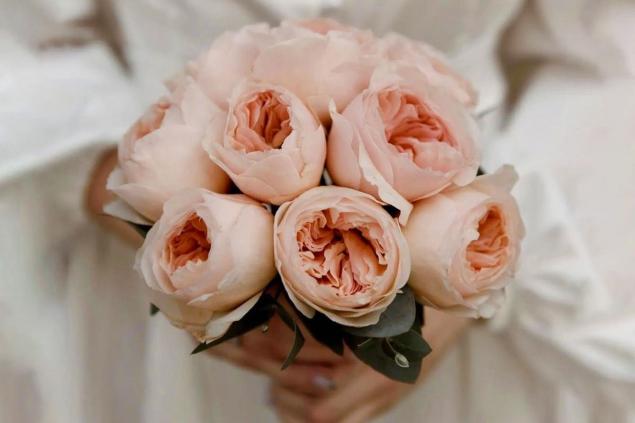
The peculiarity of the pionoid rose is that it has a cup-shaped flower, like a peony. Juliet has a bud 10 cm in diameter and grows without spikes, like peonies. Pionoid rose exudes a delicate aroma with fruity notes. Juliet has a gentle peach color, and when the flower blooms, it becomes more saturated color, since the middle of the rose is darker than the outer petals. Often a bouquet of pionoid roses flaunts in the hands of the bride, symbolizing innocence.
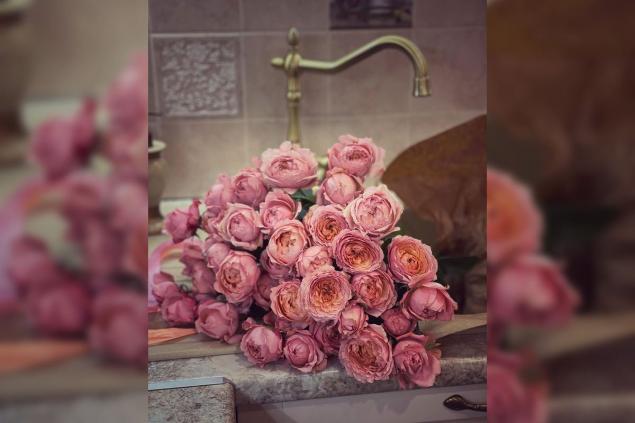
instagram.com Rosa Juliet grows a bush 80 cm high and 75 cm wide. The first buds appear in early June. This type of rose is resistant to rain and frost. The variety of rose is in demand among gardeners, as it has a number of advantages over other varieties of pionoid rose. Julieta can bloom several times during the growing season, she has stable immunity, large flowers and abundant flowering. But during the rainy season, fragile stems may not withstand the weight of a large flower.
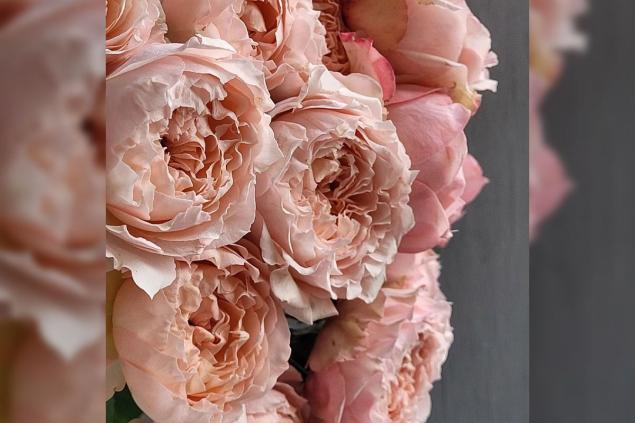
Instagram.com Not every gardener will dare to plant Juliet on his plot. One of the disadvantages of the flower is the unique beauty that Juliet eclipses other plants. It is better not to grow a rose by seed method, since not every amateur gardener will cope with it. The best way to breed a pionoid rose is cutting.

instagram.com In the summer before noon you need to cut cuttings while they are saturated with moisture. It is necessary to sharpen and disinfect tools, choose the strongest shoots. Then the cutting should be trimmed below the kidney, and at the top - higher above the kidney by 2 cm. Remove the lower leaves of the rose, and the rest are shortened by 1/3 of the length and move the cuttings for a day in a solution for cutting. Earlier we wrote about natural growth stimulants for cuttings. In the open ground cuttings can be planted when the roots are strengthened.

Instagram.com The David Austin rose should be planted in April September. The variety should be planted on the south side of the plot. It is good to plant a rose near a fence or building to protect the flowers from the wind. Gardeners claim that with good care, Juliet can grow in one place for up to 15 years.
The soil must be fertilized before planting. If the rose is planted in spring, then in autumn the soil is fertilized with 30 kg of organic matter per 1 square meter of land. In spring, the land should be freed from weeds and large lumps. Compost is placed in holes 50 cm deep. And the distance between the holes should be at least 50 cm.
You need to water Juliet every other day, and in the summer you can water flowers more often. 1 bush of pionoid rose will need 5-10 liters of water. It is better to water the rose in the evening with warm water, and the peribarreled zone should be regularly loosened for good growth. The rose can be fed 2 times a month.
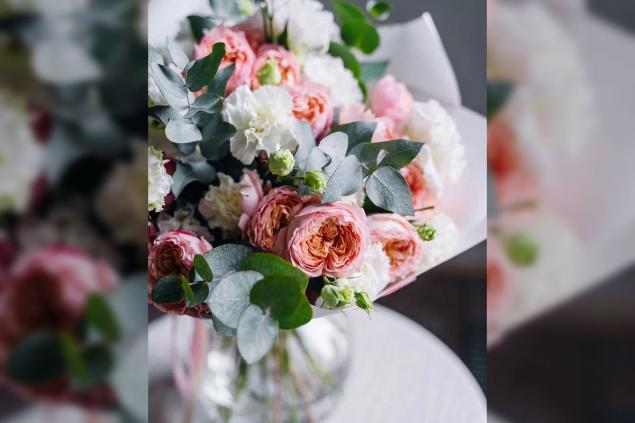
instagram.com In order for the Juliet rose to form a strong root system, after planting it is necessary to remove all the buds that form the bush. The next year, the rose should be cut in spring and autumn. Juliet can be transplanted only 2 years after planting the seedling. And in order for the bush to survive the winter, it must be pruned after pruning and covered with nonwoven material or lapberry.

Juliet’s editorial board is the most expensive pionoid rose, but not the only one. On your site, you can plant pionoid roses of the Ascot, Yves Piaget, Cinderella, Mary Rose variety. Flowers of amazing beauty differ in color, aroma, size and presence of thorns. These varieties bloom all year round, but their growth is artificially suspended in the cold season, so that the bushes can more easily survive the cold.
The breeder first introduced the Juliet rose variety in 2006 at the Chelsea Flower Show, where the plant received the highest award. The flower is grown in the UK, USA, Japan. Juliette is considered one of the most expensive flowers in the world. One rose in the US costs $ 25, and for a small bouquet florists ask from $ 150. However, buyers are always there.

The peculiarity of the pionoid rose is that it has a cup-shaped flower, like a peony. Juliet has a bud 10 cm in diameter and grows without spikes, like peonies. Pionoid rose exudes a delicate aroma with fruity notes. Juliet has a gentle peach color, and when the flower blooms, it becomes more saturated color, since the middle of the rose is darker than the outer petals. Often a bouquet of pionoid roses flaunts in the hands of the bride, symbolizing innocence.

instagram.com Rosa Juliet grows a bush 80 cm high and 75 cm wide. The first buds appear in early June. This type of rose is resistant to rain and frost. The variety of rose is in demand among gardeners, as it has a number of advantages over other varieties of pionoid rose. Julieta can bloom several times during the growing season, she has stable immunity, large flowers and abundant flowering. But during the rainy season, fragile stems may not withstand the weight of a large flower.

Instagram.com Not every gardener will dare to plant Juliet on his plot. One of the disadvantages of the flower is the unique beauty that Juliet eclipses other plants. It is better not to grow a rose by seed method, since not every amateur gardener will cope with it. The best way to breed a pionoid rose is cutting.

instagram.com In the summer before noon you need to cut cuttings while they are saturated with moisture. It is necessary to sharpen and disinfect tools, choose the strongest shoots. Then the cutting should be trimmed below the kidney, and at the top - higher above the kidney by 2 cm. Remove the lower leaves of the rose, and the rest are shortened by 1/3 of the length and move the cuttings for a day in a solution for cutting. Earlier we wrote about natural growth stimulants for cuttings. In the open ground cuttings can be planted when the roots are strengthened.

Instagram.com The David Austin rose should be planted in April September. The variety should be planted on the south side of the plot. It is good to plant a rose near a fence or building to protect the flowers from the wind. Gardeners claim that with good care, Juliet can grow in one place for up to 15 years.
The soil must be fertilized before planting. If the rose is planted in spring, then in autumn the soil is fertilized with 30 kg of organic matter per 1 square meter of land. In spring, the land should be freed from weeds and large lumps. Compost is placed in holes 50 cm deep. And the distance between the holes should be at least 50 cm.
You need to water Juliet every other day, and in the summer you can water flowers more often. 1 bush of pionoid rose will need 5-10 liters of water. It is better to water the rose in the evening with warm water, and the peribarreled zone should be regularly loosened for good growth. The rose can be fed 2 times a month.

instagram.com In order for the Juliet rose to form a strong root system, after planting it is necessary to remove all the buds that form the bush. The next year, the rose should be cut in spring and autumn. Juliet can be transplanted only 2 years after planting the seedling. And in order for the bush to survive the winter, it must be pruned after pruning and covered with nonwoven material or lapberry.

Juliet’s editorial board is the most expensive pionoid rose, but not the only one. On your site, you can plant pionoid roses of the Ascot, Yves Piaget, Cinderella, Mary Rose variety. Flowers of amazing beauty differ in color, aroma, size and presence of thorns. These varieties bloom all year round, but their growth is artificially suspended in the cold season, so that the bushes can more easily survive the cold.
Life philosophy on the example of a candy seller who always has high sales
Astrological diva Anna Karpeyeva warns that in 2022 there are still possible crises






